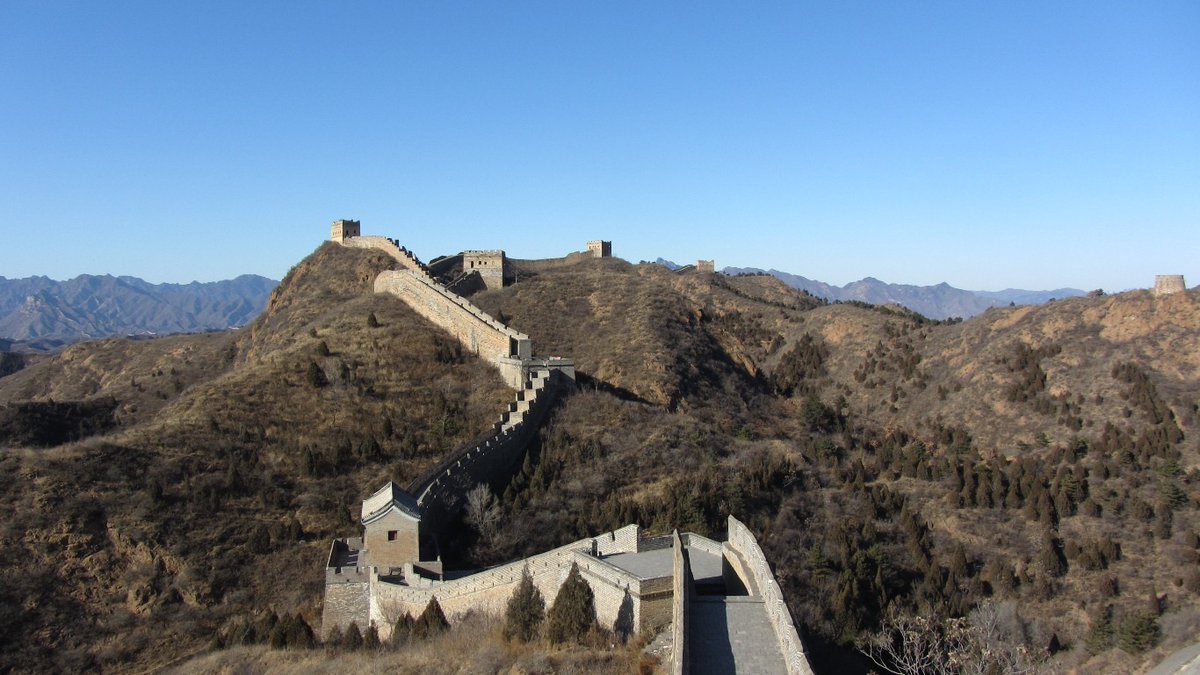
Thrilled to end the year with our new #OA paper in @SciReports! We used plant remains from ancient segments of the Great Wall to look at environmental and climate changes in northwestern China since the Han Dynasty. 1/7
nature.com/articles/s4159…
nature.com/articles/s4159…
You're probably familiar with the brick and stone masonry of the Ming Dynasty Great Wall, but did you know that the earliest Great Wall was constructed using locally available materials, with reed fascines and wood bundles interbedded with gravel-mixed rammed earth? 2/7 



The dry climate of Gansu Province and Xinjiang Uyghur Autonomous Region helped preserve these plant remains in the ancient Great Wall, allowing for a wealth of environmental and climate information to be obtained from these site-specific, organic building materials. 3/7 

We 14C-dated Great Wall reeds (Phragmites), used pyrolysis gas chromatography mass spectrometry to test the molecular distributions & preservation of organic compounds, measured plant wax n-alkane concentration & distribution, and analyzed bulk carbon & nitrogen isotopes. 4/7
Climate has drastically changed in northwestern China since the Han Dynasty, but the most severe changes have happened only in the last ~70 years. It has become much hotter and drier in Xinjiang, climate parameters that have had a big impact on modern plant isotope values. 5/7 

A huge shoutout and thank you to my coauthors Hong Yang and Qin Leng of @BryantUniv, @palaeotropics at @MPI_GEA, @Mjstoroz, Jing Hu, Weiguo Liu, and Huanye Wang at the State Key Laboratory of Loess and Quaternary Geology, and Lin Yang of the National Museum of China, Beijing. 6/7
I want to also thank our reviewers and the editors over at @SciReports! Please share, retweet, and enjoy! 7/7
nature.com/articles/s4159…
nature.com/articles/s4159…
• • •
Missing some Tweet in this thread? You can try to
force a refresh




